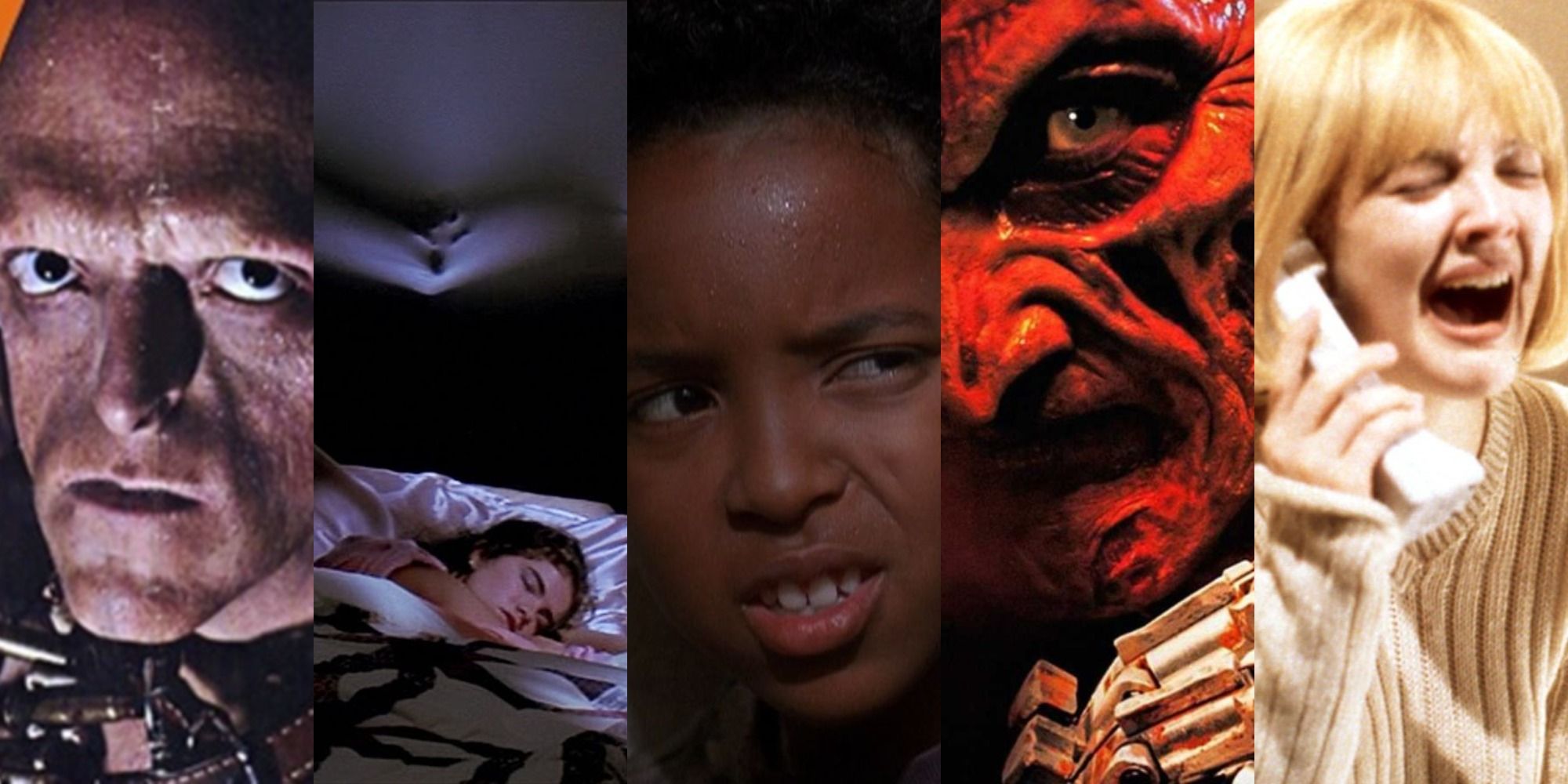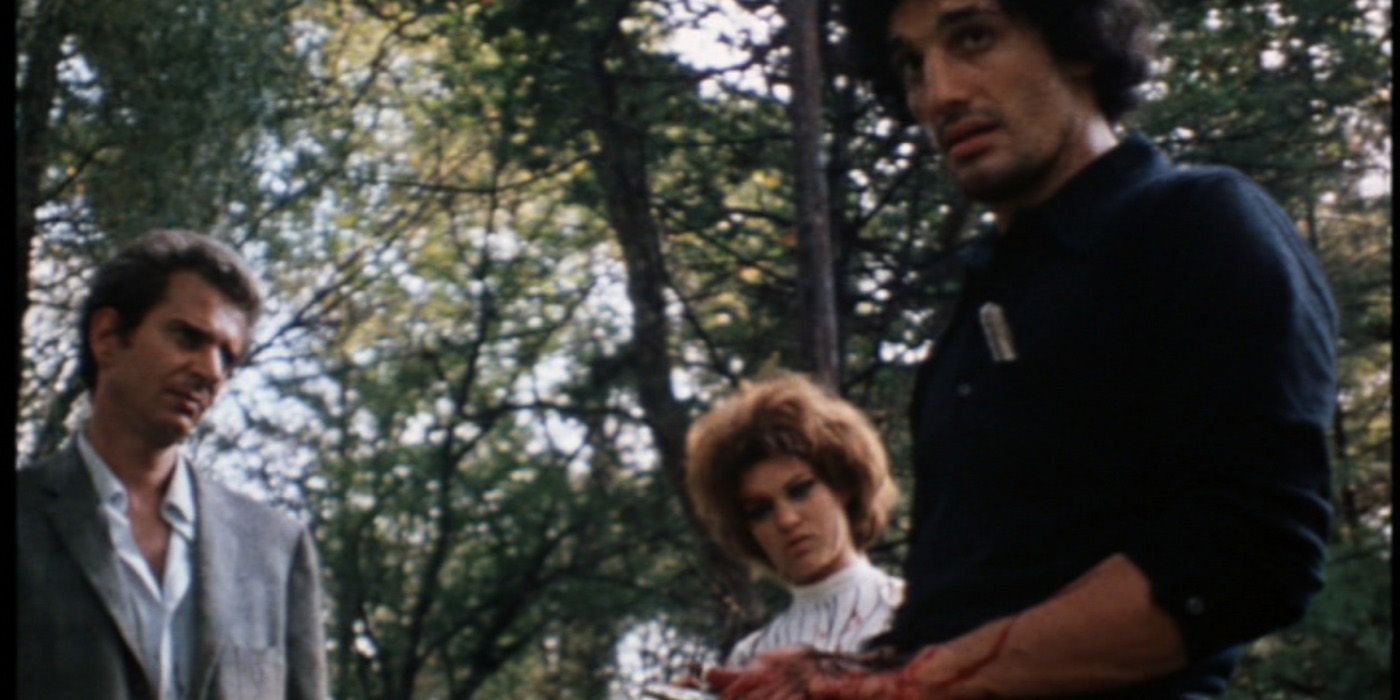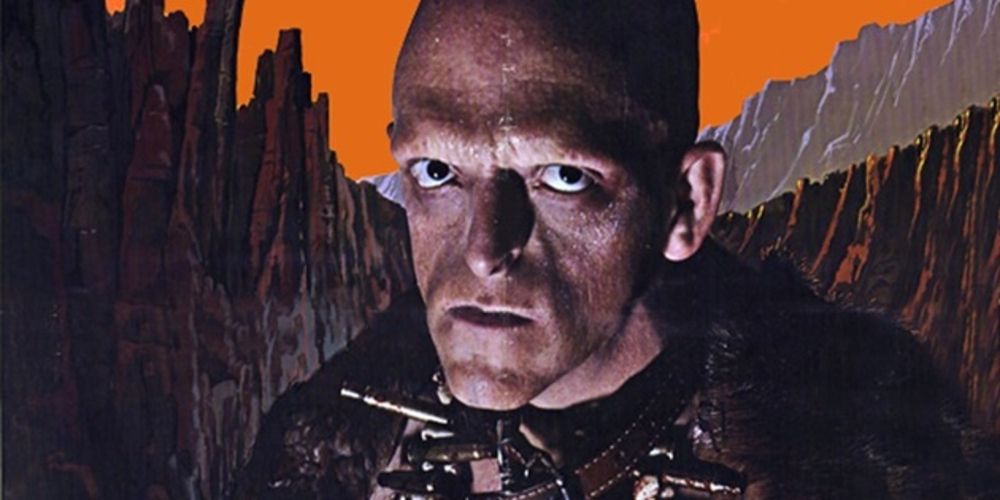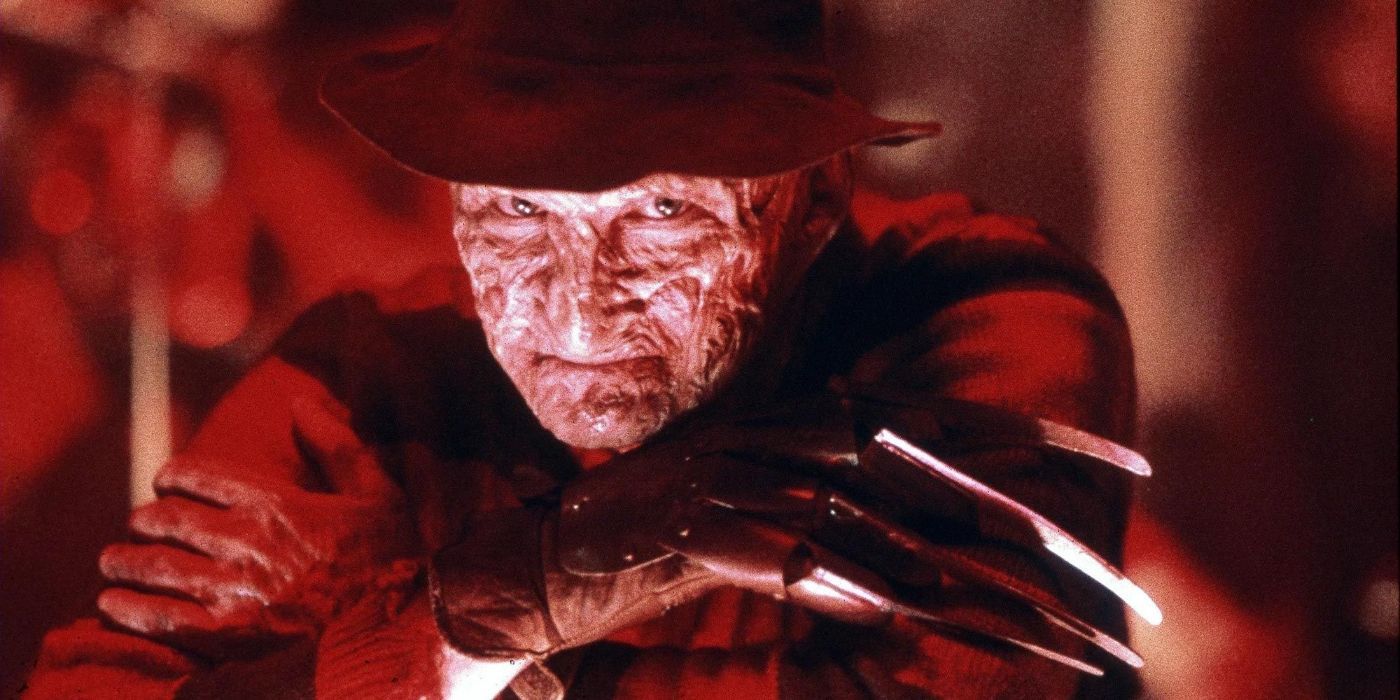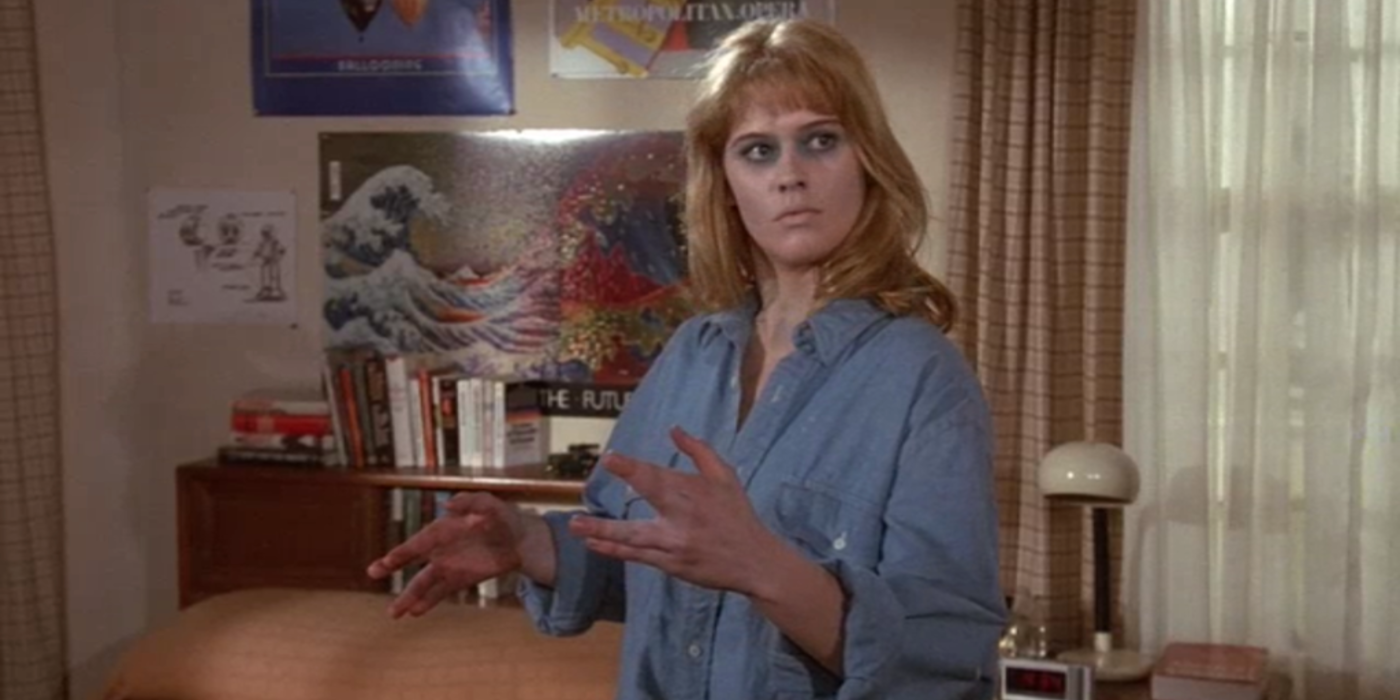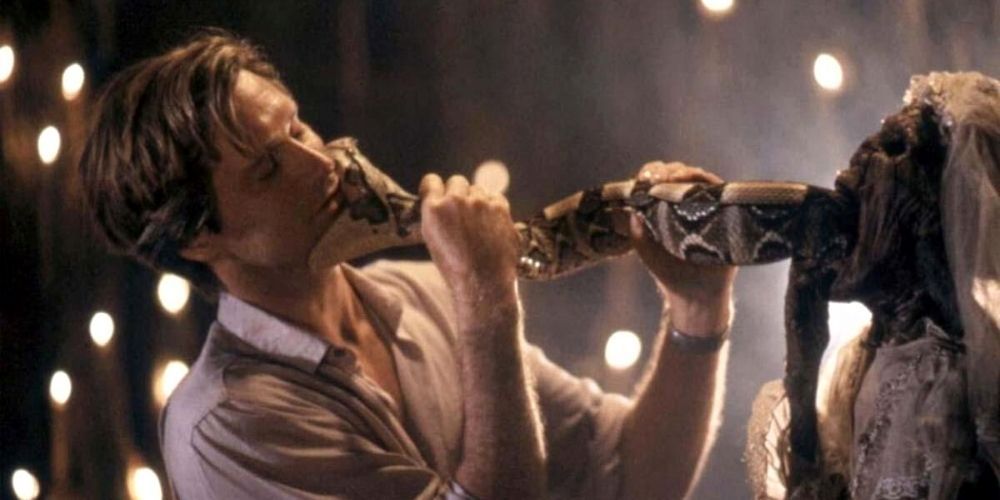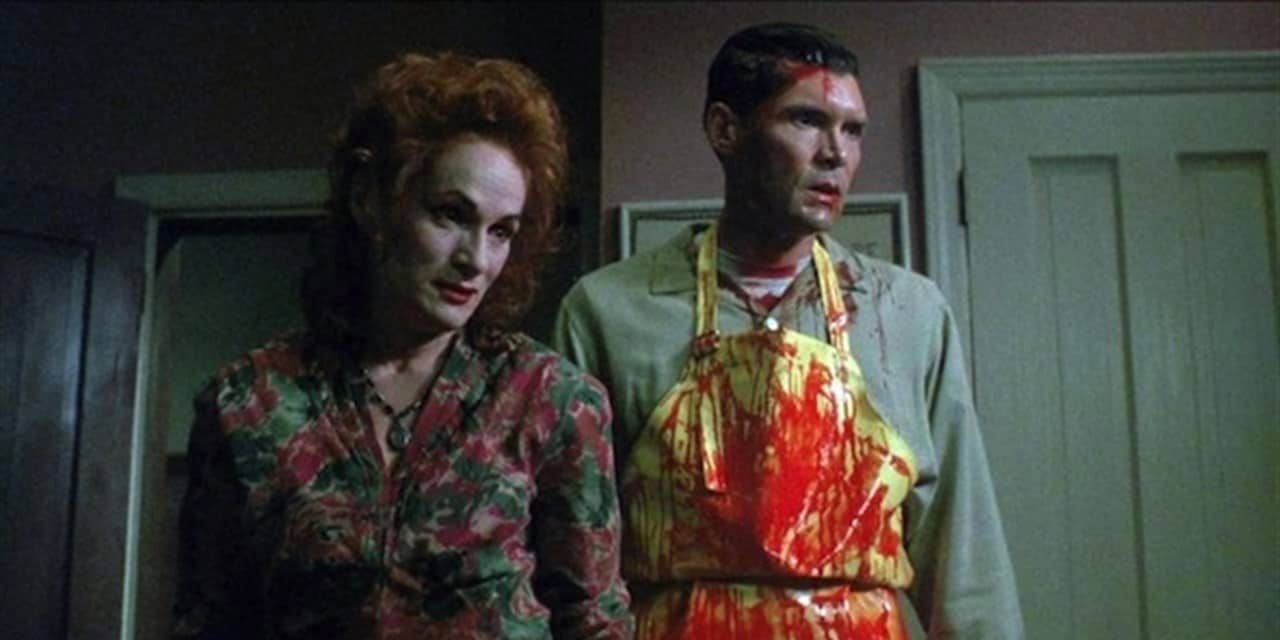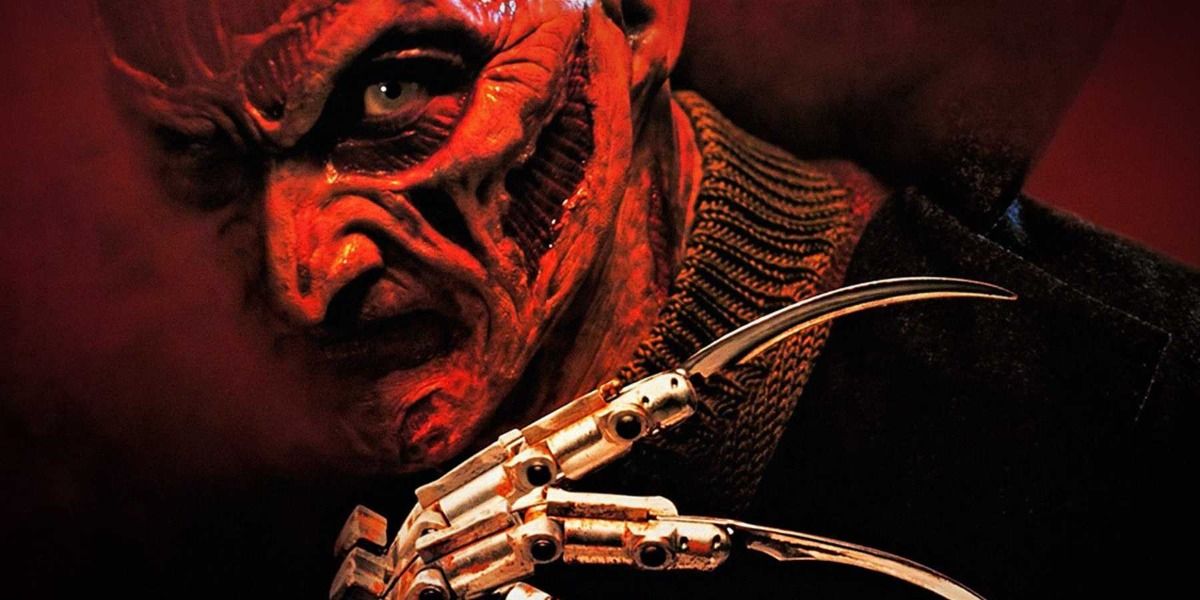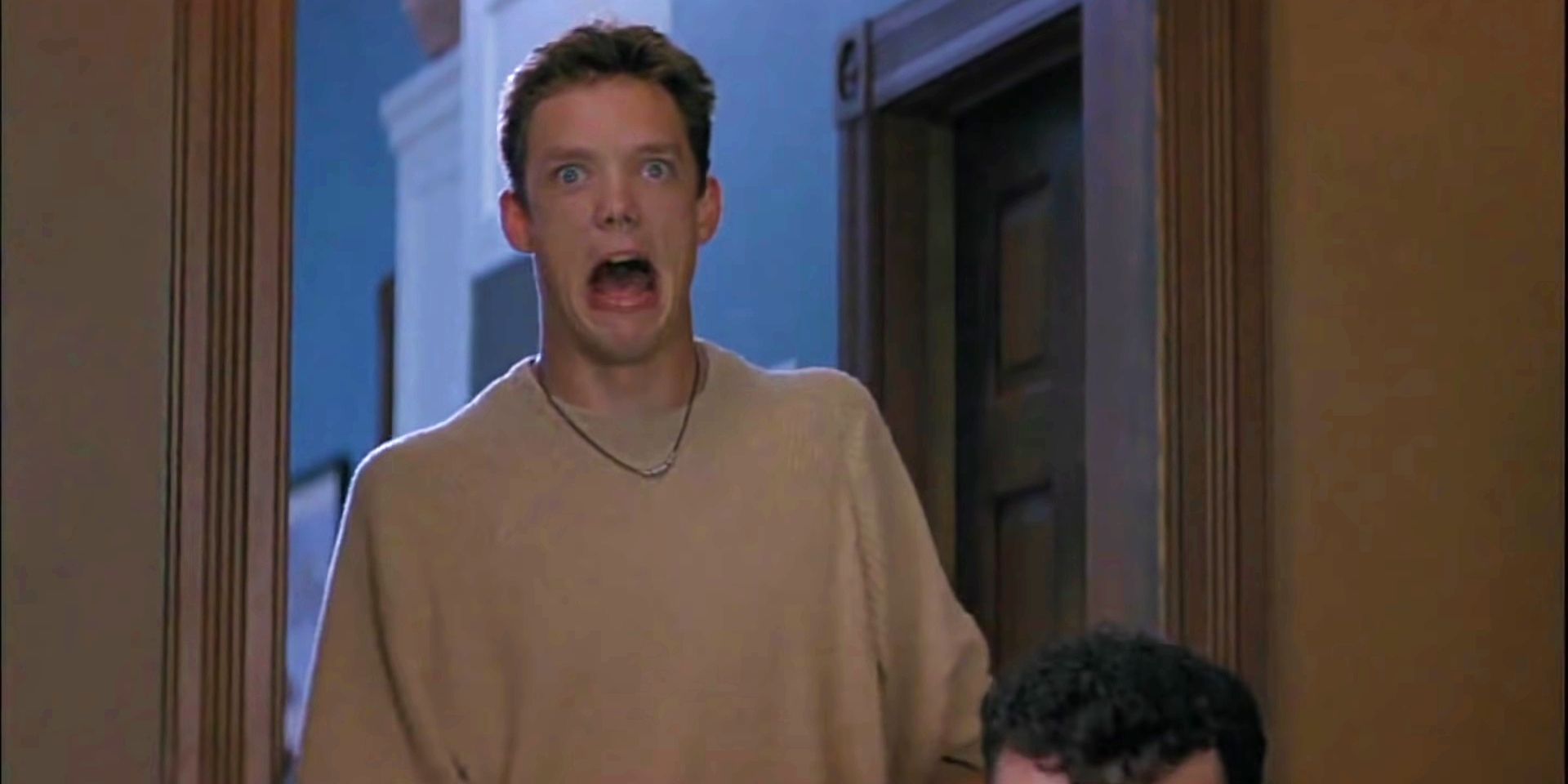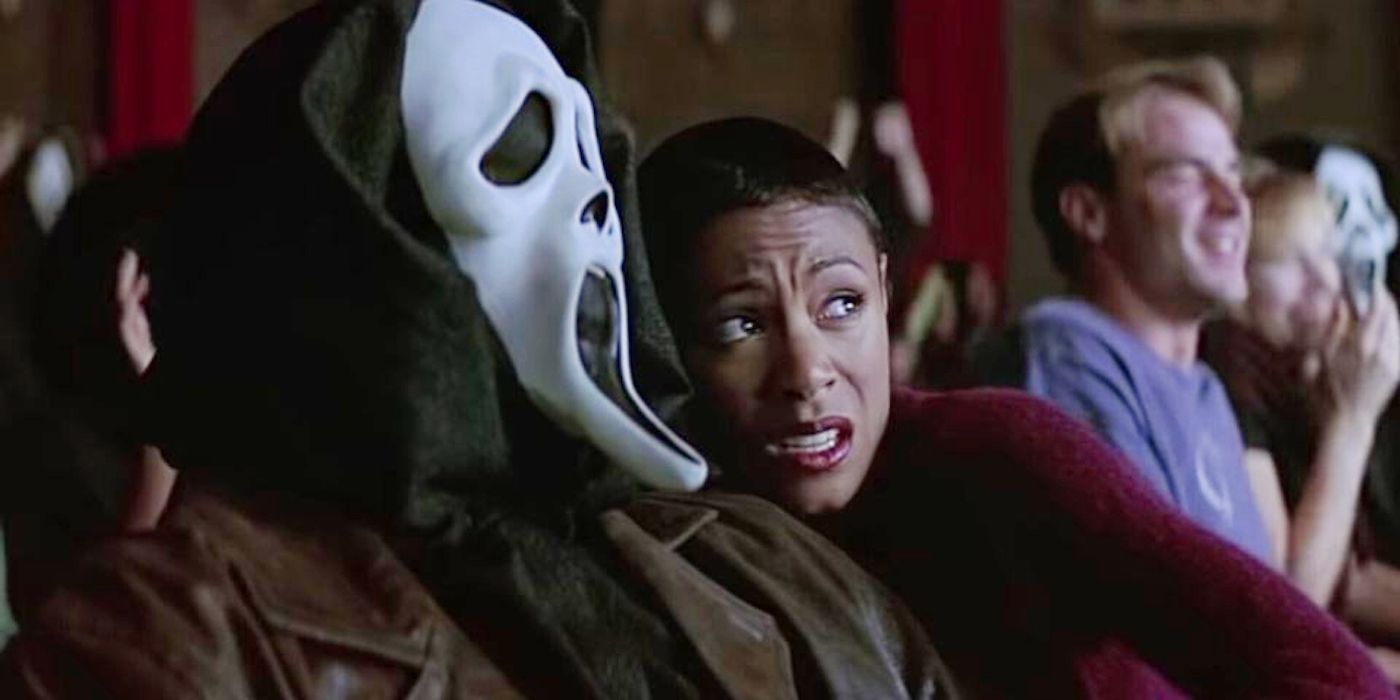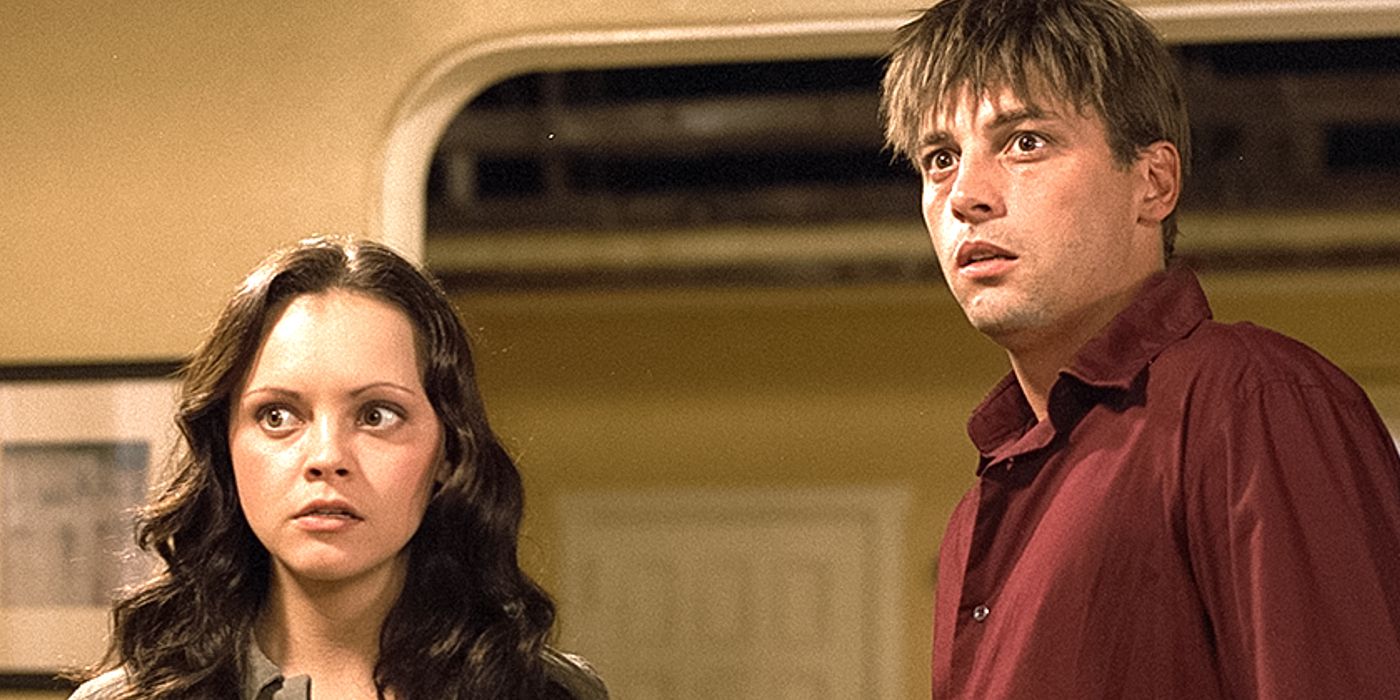Radio Silence (Matt Bettinelli-Olpin and Tyler Gillett) knocked the ball out of the park with Scream (2022), which managed to function on its own apart from Wes Craven's four films, all while showing just the right amount of reverence. It stands to reason that will be continued when the directing duo returns for the sixth installment on March 31, 2023.
However, the man responsible for bringing Ghostface and Freddy Krueger to the world did even more than introduce those classics. Craven's work as a director has influenced countless filmmakers who followed in his footsteps, and that will continue to be the case.
Going To Some Dark Places With The Last House On The Left (1972)
Craven's directorial debut is a gut-punch and is widely seen as an important entry in the genre, but not for universally good reasons. It stalled the director's career for a few years, but it developed enough of a cult following to be financially successful at the time of its release as well as over the ensuing years.
However, it would stand as the most uncomfortable and excessive film of his career. With that being said though, it introduced two iconic horror directors to the genre: Craven and Friday the 13th's Sean S. Cunningham.
Focusing On The Family Unit With The Hills Have Eyes (1977)
Craven's minor horror classic from the late 70s, The Hills Have Eyes is just as impressive a sophomore effort as Last House on the Left was his first.
Starring Dee Wallace of E.T., Cujo, and The Howling, the film also served as a major breakthrough for horror icon Michael Berryman. As Pluto, Berryman portrayed just one of several equally threatening hill-dwelling family members. The fate of Wallace's character is extremely difficult to watch, but it goes to show just how visceral The Hills Have Eyes was trying to be, and how often it succeeded.
Moving Into The Dreamspace With A Nightmare On Elm Street (1984)
Easily the creepiest killer from Wes Craven's filmography, Freddy Krueger swiftly went on to transcend his own series and even the horror genre as a whole. A Nightmare on Elm Street's villain was brought onto talk shows, had tie-in products, and over time was pushed towards "likability."
But Craven's original creation has nothing funny about him, and the film is all the better for it. Everything about Elm Street works, and it remains the definitive example of incorporating our unconscious hours into the horror space.
Trying To Make A Scary Wall-E With Deadly Friend (1986)
Deadly Friend was one of several compromised movies released throughout the director's career. For instance, Scream 3 was tamed down due to violence in media being a hot button topic, which was a logical response but resulted in what amounted to a tonal departure.
Craven's 1986 movie follows a crafty teenager who puts his robot's processor into his deceased neighbor's brain. Then, the neighbor (Kristy Swanson) starts going around killing fellow suburban residents. Fans felt it was inconsistent and a major step down from A Nightmare on Elm Street, but they also felt the same way about Craven's original cut prior to studio-mandated reshoots, which was effectively a family film. Unfortunately, even the Scream Factory Blu-ray release of the film lacked this version.
Incorporating Voodoo With The Serpent And The Rainbow (1988)
One of Wes Craven's most underrated movies, The Serpent and the Rainbow was loosely based on a non-fiction book of the same name. That knowledgeable realism also serves to make it one of Craven's scariest, as the torment experienced by Dr. Dennis Alan (Bill Pullman) reaches almost hard-to-watch levels.
The Serpent and the Rainbow wasn't the first zombie movie, but it was certainly the first one of its kind. The book by ethnobotanist Wade Davis describes a man who many claim was given a paralyzing poison, buried in a coffin, and revived with an herbal brew. The film's third act has this happen to Dr. Allen, and it's one of horror's most skin-crawling scenes for arachnophobes. What sets the film apart though, is that it takes its subject fairly seriously, in contrast to something like Live and Let Die.
Getting Political With The People Under The Stairs (1991)
Cult-favorite The People Under the Stairs is one of Craven's more fun fact-laden films. Like Elm Street, it was at least partially based on a true story, and the reality of that makes the movie even scarier.
The film is noteworthy for featuring a young African American protagonist, and Brandon Adams makes for an excellent and memorable lead as Poindexter "Fool" Williams. It's also an incredibly unique work, even 30 years later. The same could be said of its prescient social commentary, which is also, unfortunately, still relevant.
Dipping A Toe In The Meta Pool With Wes Craven's New Nightmare (1994)
Heather Langenkamp both played herself and reprised her role as Thompson in Wes Craven's New Nightmare, and on top of the film breaking meta ground, it was further proof of Craven's grasp on utilizing strong female characters.
Reality is blurred as Langenkamp faces the release of a new Freddy Krueger movie. Her husband, Chase, is a special effects artist on the project, at least until he's brutally murdered while driving. Before long, Langenkamp is getting calls, but they're no average prank calls; It seems Freddy is real, and he's coming for Langenkamp's boy, Dylan.
Mastering Meta With Scream (1996)
John Carpenter had Halloween and The Thing, Craven had A Nightmare on Elm Street and Scream. The Neve Campbell, David Arquette, and Courtney Cox meta-horror classic boasts one of the best opening scenes of all time and doesn't let up from there.
The pulse-pounding conversation between Ghostface and Drew Barrymore's Casey Becker is unsettling and heartbreaking even on subsequent viewings. It establishes that the movie isn't playing games, and further illuminates the movie's love for horror classics of the past. Barrymore was and is a star, and people expected her to live to the end, not unlike Janet Leigh in Pyscho.
Capturing Lightning In A Bottle Twice With Scream 2 (1997)
Scream 2 announces itself as a more than worthy sequel right off the bat. It feels different from the original, mostly courtesy of a location change from Woodsboro to a college campus, but by the same token, it feels like the natural direct continuation that it is. Unfortunately, Scream 3 would close out the trilogy on an altered note.
However, as good as the movie itself is, it's the behind-the-scenes details that make it noteworthy. Scream was a pop-cultural juggernaut and fandom was at a fever pitch for a sequel almost immediately. It was all fairly stressful for Craven, and a final draft of the script even ended up leaking. Returning screenwriter Kevin Williamson had to come up with several drafts, each with a different killer, and even the actors were kept on a need-to-know basis. Scream 2, which was released one short year after the first, was essentially treated with the guarded secrecy of an MCU sequel.
Trying Something New With Cursed (2005)
Craven had completed a substantial portion of Cursed before the Weinsteins forced him to reshoot it, effectively altering the entire plot and the dynamic between the cast members who remained. The film even went so far as to scrap Skeet Ulrich's male lead altogether, while keeping Christina Ricci's female lead and expanding the character played by Jesse Eisenberg.
The film that replaced it, tamed down to a PG-13 instead of R, feels like a conglomeration of elements from better werewolf movies. It has its fun moments, but Cursed could have been the last great Craven film, whereas now it stands as a major example of the consequences of studio interference.

